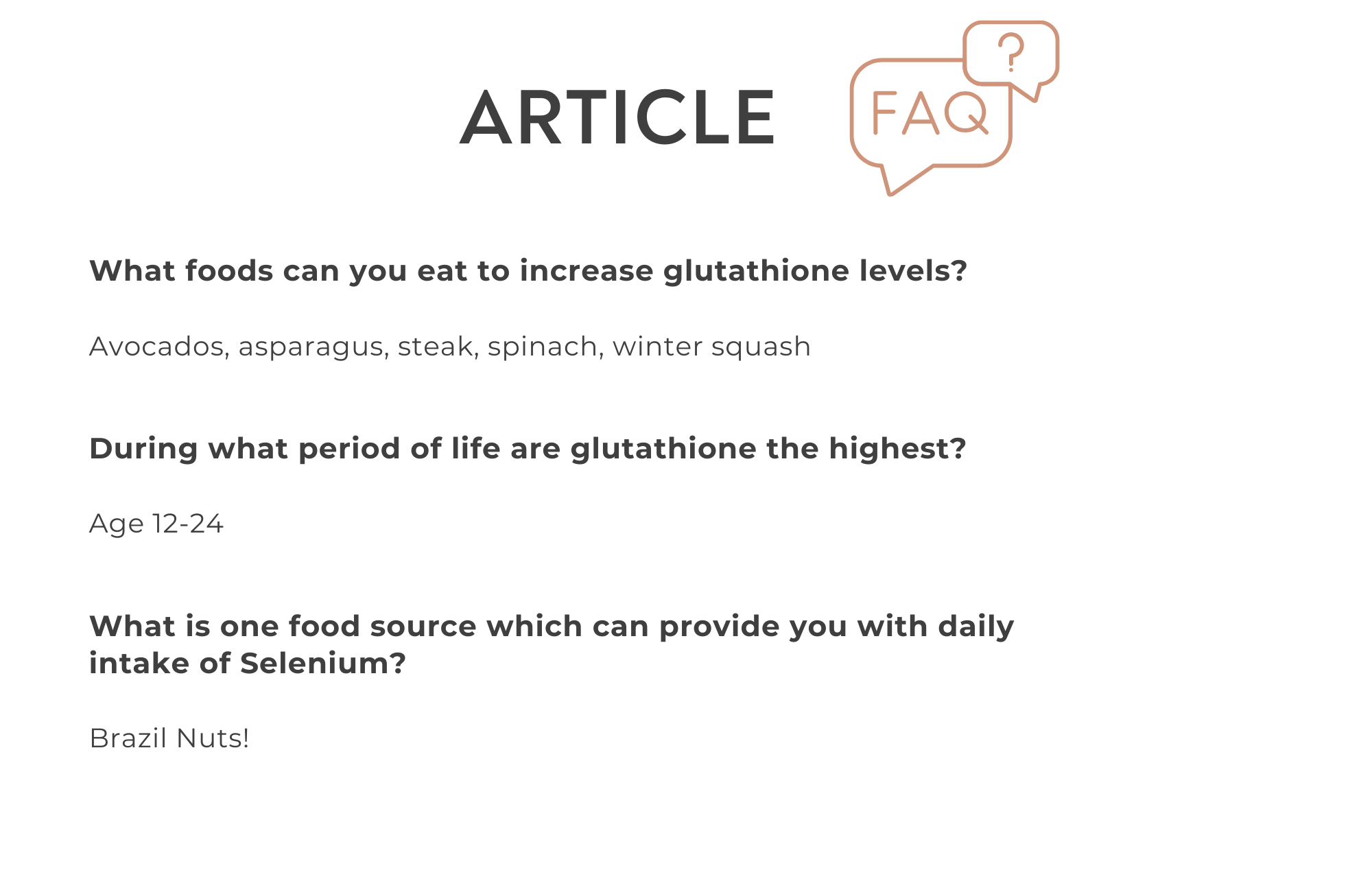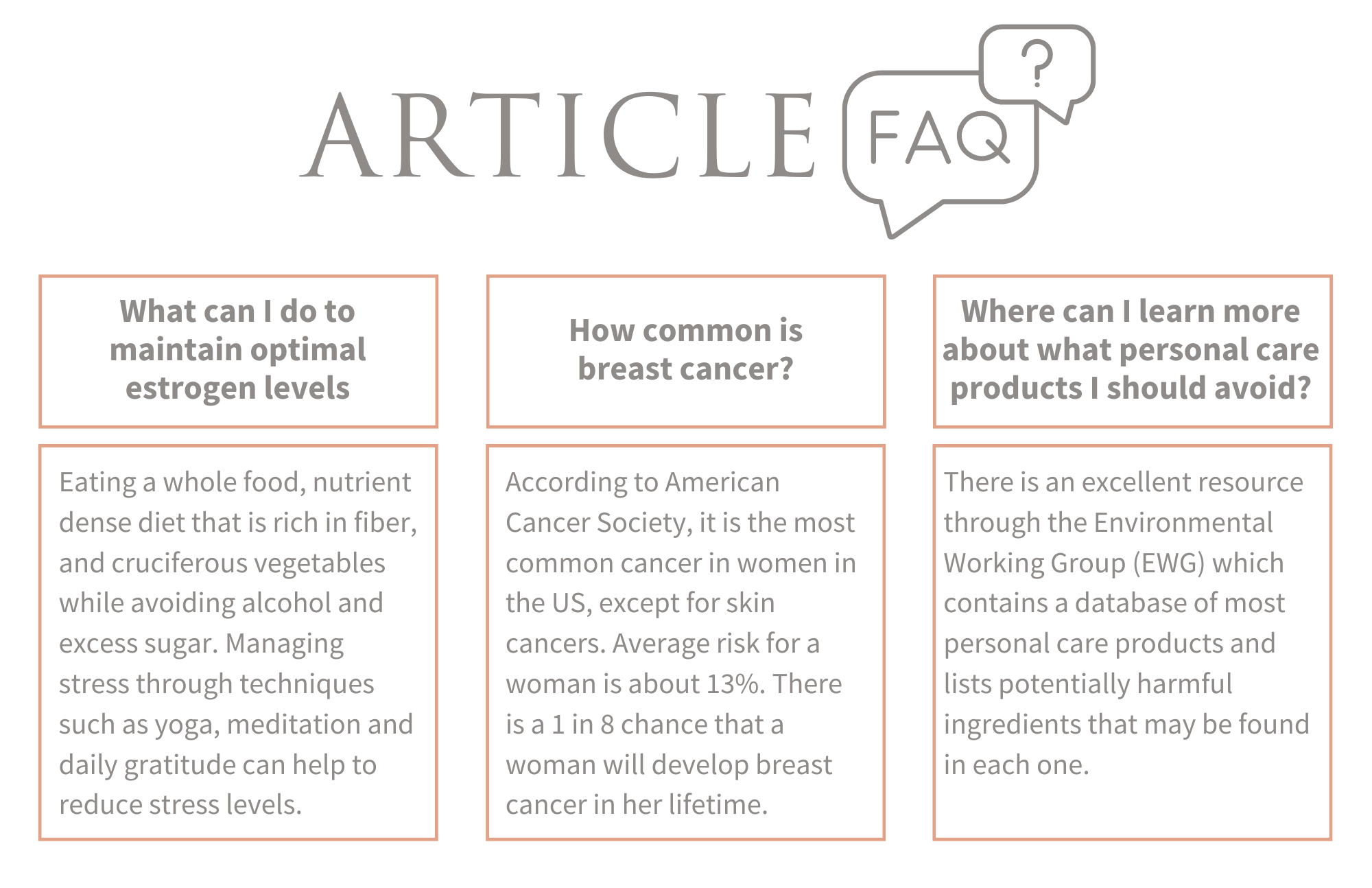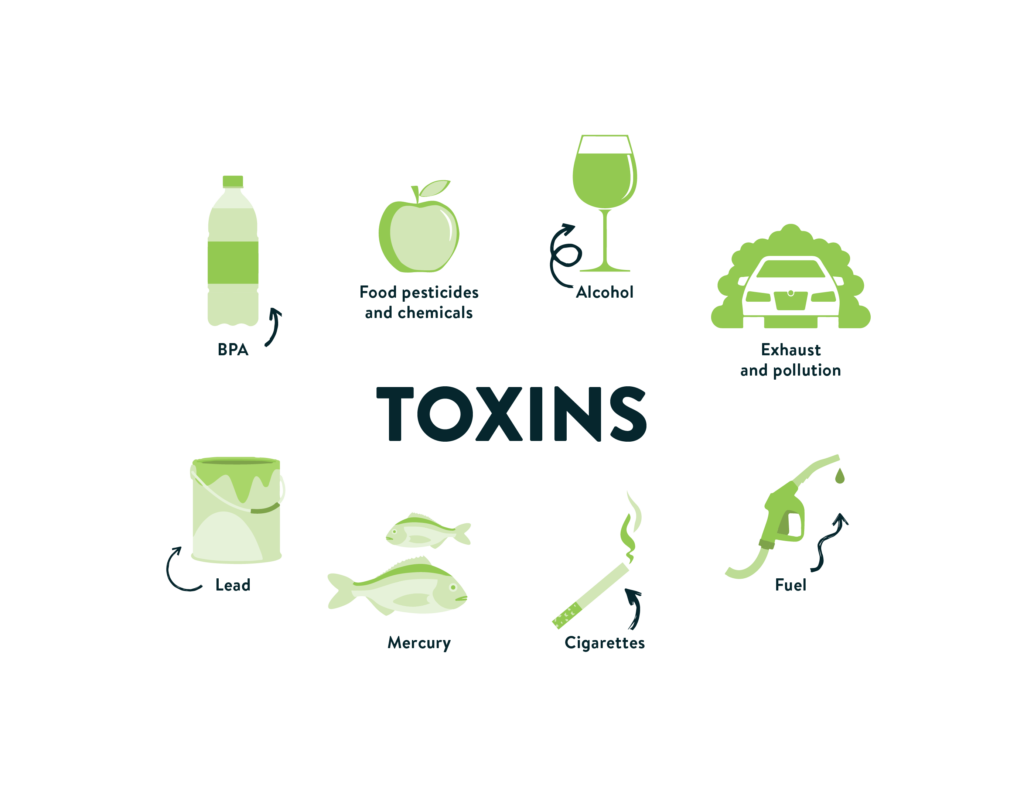

If you are experiencing symptoms like fatigue, brain fog, ADHD, PMS, depression/ anxiety, memory problems, then this may be associated with impaired methylation.
What is Methylation?
It is a biochemical process in your body that happens almost a billion times every second. It is responsible for regulating our genes, detoxification, energy production, immune function, hormone elimination, and creation of neurotransmitters for your brain. Every cell in your body depends on this important mechanism. It affects which genes are turned off and which genes are turned on in your body. If this process is working poorly, then it can lead to conditions like cancer, heart disease, mood disorders, hormonal problems, autoimmunity, dementia and more.
Which Factors Lead to Poor Methylation?
Eating a poor diet, drinking alcohol, smoking, high stress, lack of exercise, and exposure to toxins can result in poor methylation in the body.
There are also various genetic variations that can potentially impair the methylation process. One common one is MTHFR. It is estimated that up to 40% of the world’s population has this genetic variant. This variant is responsible for converting folic acid from the diet into an active form of folate called methylfolate. Therefore, with having this variant, the body can struggle with this conversion which then can result impaired methylation and a host of problems. If you have this variant, it is important to avoid folic acid in food and in supplements and only take methylfolate or 5-MTHF.
How Do I Support Methylation?
Most of the methylation occurs in your liver. Therefore, it is crucial to support liver health as much as possible. This involves reducing alcohol consumption, avoiding smoking, limiting chemical exposure in food, water and air and providing your body with nutrients that support optimal liver function. Incorporating regular sweating, optimizing water intake, taking detox baths with Epsom salt can all help support this. Working on stress management is also very important as the body will not prioritize detoxification when it is stuck in a “fight or flight” state. Lastly, eating a whole food, Mediterranean type diet that is rich in organically grown cruciferous vegetables and fruit as well as healthy fats and lean protein will fuel a healthy methylation cycle.

How do I Test for Impaired Methylation?
Here at Carolina Total Wellness, we begin by measuring a blood homocysteine level which can tell us if methylation is impaired. If it is abnormal, we implement various strategies that includes lifestyle modifications and supplementation. We also offer a more in-depth look of the methylation cycle that also includes assessing various genetic variants involved besides just looking at MTHFR.
It is important to work with one of our functional medicine providers who can evaluate for impaired methylation and recommend the most appropriate treatment plan for you.
To schedule an appointment with one of our certified Functional Medicine Physicians, please give us a call. We are excited to partner with you on your journey to optimize your health and wellness through personalized care tailored to your unique needs.
919.999.0831

Your Partner In Health,
Dr. Elena Hart
Carolina Total Wellness
FAQ
How Common is the MTHFR Gene?
The MTHFR gene variant is surprisingly common, with studies estimating that up to 40% of the world’s population carry at least one copy of a variant form. Certain populations and ethnic groups may have even higher rates. Having this variant can influence how efficiently your body performs methylation, an essential biochemical process.
What nutrients are needed for healthy methylation?
Several key nutrients support optimal methylation, including vitamin B6 (pyridoxine), vitamin B9 (in its natural form, folate), vitamin B12 (particularly in methylcobalamin or adenosylcobalamin forms), choline, betaine (also known as trimethylglycine), and vitamin B2 (riboflavin). These nutrients act as co-factors or methyl donors to help maintain healthy DNA expression, detoxification, neurotransmitter production, and more.
What is one test that checks for healthy methylation?
One common test to assess methylation function is the measurement of homocysteine levels in the blood. Elevated homocysteine can indicate impaired methylation activity and may signal a need for nutritional or lifestyle interventions to support this vital process.
























